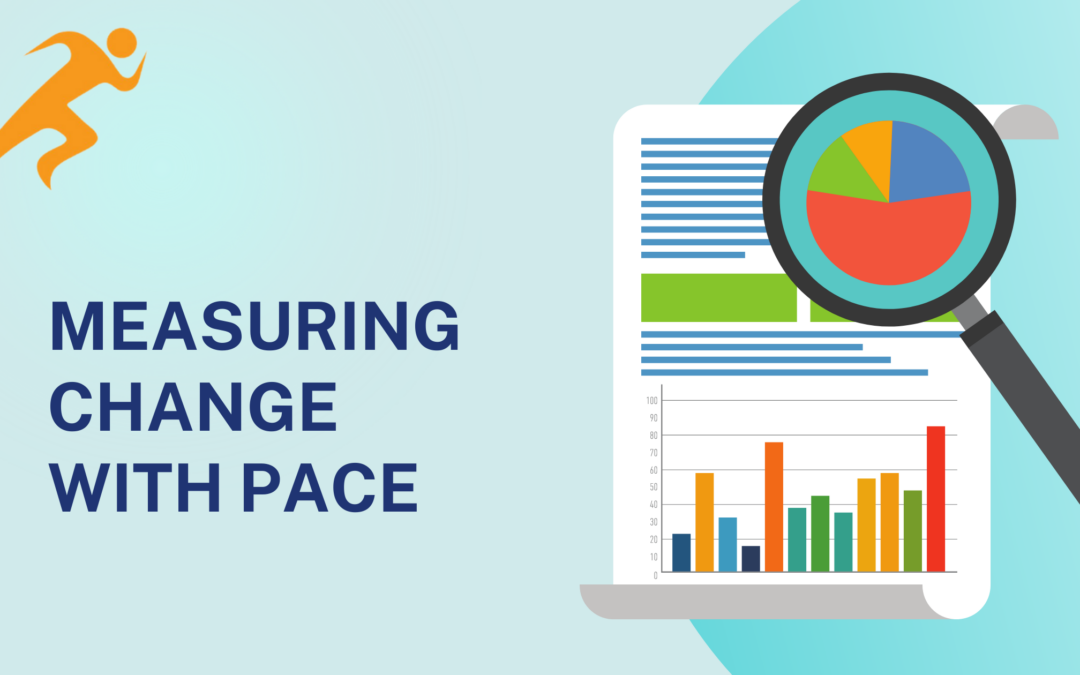One of the greatest mistakes that a business can make is assuming that they’ve reached the limits of success. Even the most profitable and specialized businesses in the world have areas where they can improve. For example, the greatest manufacturing companies may have the most efficient way to create a product, but in 2022, that’s just not good enough. Now they face the challenge of doing it in a more sustainable way in order to keep shareholders happy.
A challenge many businesses face is commoditization as all the major players reach a point where the service or item they provide is very similar or the same. When the only way to tell products or services apart is by cost, it forces companies to get into bidding wars with their competitors and in these cases no one wins. Yet, even in saturated markets there are still ways to stand out and improve.
The document scanning service industry has become one of those commoditized markets. The thinking here… How differently can someone scan a document? You can buy the fastest scanners, get the best operators and even have the fastest data entry people. Once you have all those things, then what? Well… When you have the best hardware, you need the best software to support it. You may have heard, it’s not what you do, it’s HOW you do it that matters.
An important aspect of improvement is being able to measure it. When you make a change expected to improve your production system ideally you’d like immediate feedback on the results. It’s like a science experiment and if you don’t have a way of measuring adjustments, then you are just changing things but not knowing if it helps.
In the document scanning service industry, it can be difficult to find out if something has made an impact until a job is done or until you accumulate all of the job data to create time consuming spreadsheets that compare multiple jobs. May document scanning companies struggle with knowing if the changes they made were helping or hurting their business until, in some cases, it was too late. They need a way to quickly monitor if their investments in new technology, new practices or new people are paying off. That’s where the PACE Business Operating System comes in.
This software allows a service bureau to get real time reports on every step in their production environment. They can see exactly how quickly each employee scans a batch, preps a box, and indexes or QC’s a job. The system even measures the productivity of automated systems like imports and exports.
One example of how these in-depth speed and accuracy reports help justify a change is when a company is deciding if it was worth buying larger, higher resolution monitors for a common document classification function they performed for a large client. Let’s say they originally bought one monitor and tested it with multiple operators. Within the first couple of hours they had real data that showed the differences between the past and present performance. Not only did it show the change in speed but PACE even created a report to show how much they were saving on production cost with this improved efficiency. This allowed the company to determine their ROI, justified the purchase, and can now do similar work as their competitors but can compete at lower prices because they are increasing efficiency in objective measurable ways.
In conclusion, making and measuring change frequently and as close to real time as possible is the best way to improve your efficiency and ultimately your bottom line. Utilizing management software and new trends within the industry will be essential to staying afloat in the coming years as commodification intensifies.

